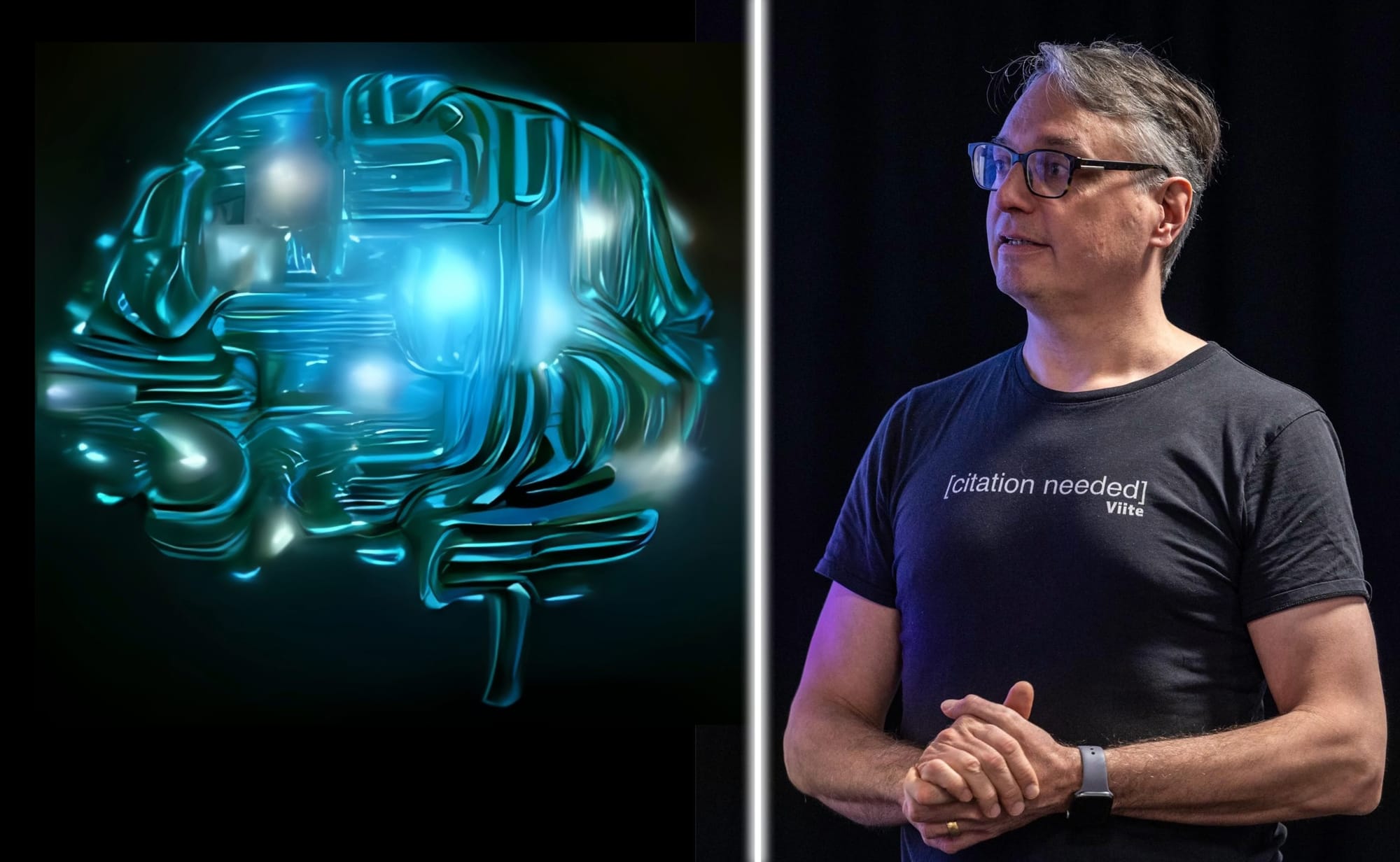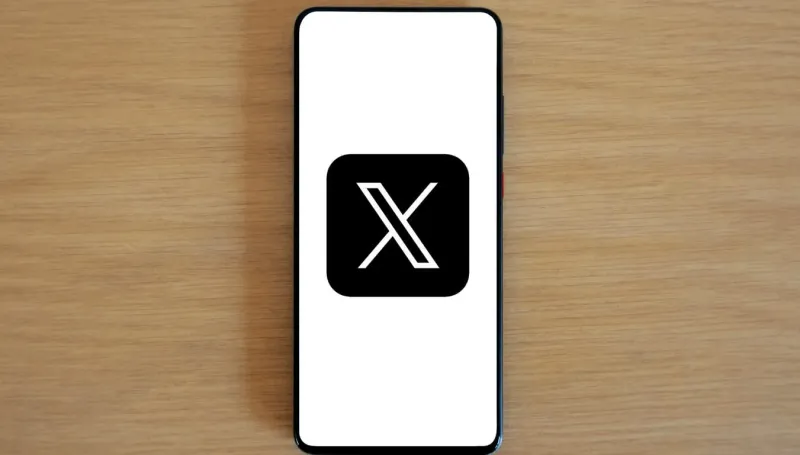Multilingual education path in Finland with AI Tools would open doors to many cultures
AI can pave the way for a multilingual education path in Finland – from early childhood to working life, writes Aki Saariaho. Personalized support, and deeper understanding of cultures and languages, grow when learning is enhanced with AI.

Finland’s age dependency ratio has been for years in a staggeringly bad shape. We need immigration, a higher birth rate and improved access to the Finnish education system.
There are already areas in Finland that offer a school path in English starting from kindergarten and continuing to comprehensive school, to secondary and tertiary education, and to the job market. These areas have been formed mostly by demand and by chance, partially by urban planning, too. At least Otaniemi/Keilaniemi in Espoo is such an area, and surely there are similar areas in Turku, Oulu and Tampere.
These areas resort to English, but with AI tools now being reasonably good translators, why not expand the language options?
Cultural richness at schools can flourish more with AI tools
Schooling starts way before entering the school system. With language immersion programs (e.g., English, Russian, Swahili etc.) alongside Finnish and Swedish, we can offer natural ways of schooling in the childens’ mother tongues.
Cultural exchange activities are a way to introduce culture and their norms, behaviours, traditions to each other. While these activities already take place, AI tools could improve these experiences - when biases within the AI language models are ironed out. AI can analyze cultural data and suggest relevant activities.
Present AI-powered language learning apps can supplement immersion programs. Apps provide personalized lessons, exercises and real-time feedback on pronunciation and grammar. Different AI translation tools facilitate communication between teachers, students, and parents who speak different languages.
Virtual reality (VR) experiences by AI can immerse children in different cultural environments, enhancing their understanding and appreciation of diversity. AI can create personalized learning materials based on a child's interests and learning style.
AI tools help individual learning support
On the more technical side, AI-based assessment tools can analyze a child's speech patterns, vocabulary, and comprehension to identify their learning needs; provide language learning strategies and resources based on the assessment results; and track a child's language development over time.
AI tutoring systems are already in use (e.g. in Texas, US, Texas), and they
provide individualized support to students. AI can analyze student performance data to identify areas where additional support is needed. While AI can support students in need of assistance, AI can also create customized learning for advanced learners, providing them with more challenging materials and advanced study opportunities.
These AI support tools can help throughout the education path, enabling a more expanded, multilingual education path in Finland.
Multilingual employees are needed
Regarding job market trends and identifying language skills most in international demand, AI tools and language models can search for the most promising multilingual employees and match them with job opportunities according to their skills and interests. AI tools such as NotebookLM can provide personalized career counseling to people with different language skills.
Aki Saariaho
The author is a teacher, PhD reseearcher and a Green Party candidate of Espoo





